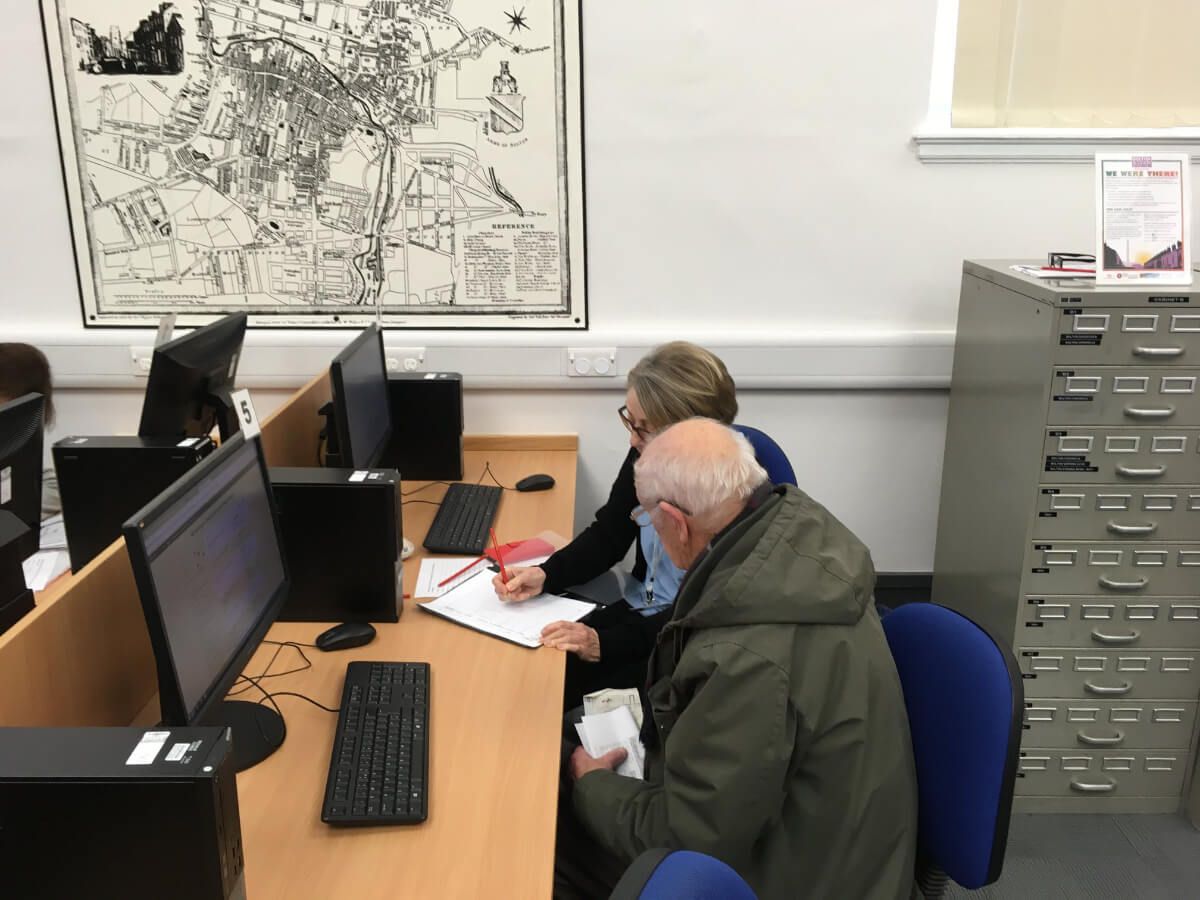Workshops and Open Days
The Bolton FHS holds Workshops that are designed to assist society members and non-members alike, be they experienced researchers or new to family history. The venues used are various local libraries.

Bolton's Heritage
The town of Bolton, or Bolton-le-Moors, was granted a borough charter by William de Ferrars, Earl of Derby, in 1253. Although the original charter does not appear to have survived, a seventeenth century transcription is included in Bishop Bridgeman’s Register (Bolton Archives ZBR/3/1).
In 1838, Bolton became the second town in England (after Devonport) to be incorporated under the Municipal Corporations Act of 1835. The new borough consisted of the whole of Great Bolton township, Little Bolton south of the Astley Brook and the Haulgh district of Tonge-with-Haulgh. Part of Rumworth was added by the Bolton Corporation Act of 1872 and part of Halliwell by the Bolton Improvement Act of 1877. The Bolton, Turton and Westhoughton Extension Act of 1898 considerably extended the boundaries to include Astley Bridge, Breightmet, Darcy Lever, Deane, Great Lever, Heaton, Lostock, Middle Hulton, Over Hulton (part), Smithills and Tonge. Bolton was granted County Borough status by the Local Government Act of 1888.
From 1898 to 1974, the boundaries of Bolton County Borough were unchanged. Under the Local Government Act of 1972, the whole of the County Borough became part of Bolton Metropolitan Borough in Greater Manchester with effect from 1st April 1974
Across our pages you will find photographs of some of Bolton's proud heritage. Further information about Bolton's Industrial Heritage can be found at Visit Bolton & Historical Association.
The Mills at Barrow Bridge

Barrow Bridge was built between 1835 and 1837 as a model industrial village to house the workers of Dean Mills. It attracted national interest from Disraeli, who partly based his fictional village of Millbank on it in the novel “Coningsby” which was published in 1844, and from Prince Albert who visited it in 1851.
When Dean Mills closed in 1877 the cottages at Barrow Bridge were left empty and became known as the ‘deserted village’.
The original buildings housing the workers model dwellings, a co-operative shop and an institute all survive, although the two six storey mills which dominated the village were demolished in 1913.
Barrow Bridge was designated as a conservation area in 1970.
Further Reading: Landscape Britain